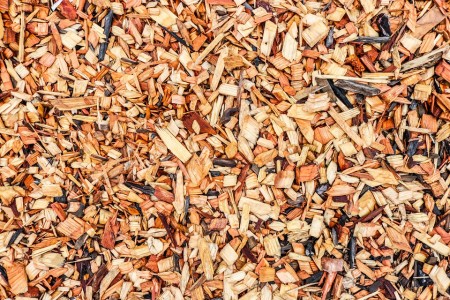Tips for Keeping Your Lawn Green in the Summer
Wednesday, August 24th, 2022Summer is in full swing, and that means your lawn is being inundated with high levels of heat and direct sunshine. No matter how much effort you put forth into making sure your Arizona sod lawn stays green, your efforts will all be for not if you don’t understand the proper way to care for your grass. Sure, you could hire an expensive landscaping company. Or, you could take some time to check out these DIY tips that’ll help give you that emerald green look you’re going for.
With this in mind, here are a few tricks to check out:
1. Mow High
You want to leave about three inches of blade when you mow, so put your lawn mower on a high setting. Why? Because taller blades give your lawn’s root system more shade, which helps keep it cool during those hot summer days. Additionally, taller blades tend to grow deeper, stronger root systems. Learn more about the ideal height to cut grass.
2. Learn When and How Much to Water
Watering too lightly can prevent your lawn’s roots from being fully saturated. On the other hand, watering too frequently can drown the roots and prevent your grass from growing. Another thing to think about—if you water your lawn too late in the day, you could risk having too much of the water evaporate before it’s able to find its way to the roots of your sod grass, especially with the soaring temperatures during summer in Phoenix and Tucson.
Water the lawn deeply in the morning hours two to three times each week. That will allow it to get about two inches of water weekly, which should help keep it green. Early in the morning is a great time to water, ensuring your lawn has enough moisture throughout the day. This helps prevent fungal diseases, too.
3. Prevent Water Run-Off
If you see water trickling off your lawn and onto your walkways, it’s a sign that you’re watering too heavily in such a way that the soil has become saturated. If this is happening, switch to watering steadily and slowly, and if you start to notice more run-off, move the sprinkler to a different area.
4. Water the Lawn, Not the Path
This seems obvious on paper, but rest assured, there are lots of homeowners who water their sidewalks and the moisture never hits the green stuff that needs the attention.
If your sprinkler system isn’t set up for your lawn’s shape and size, you could be one of these people, too. Sprinklers are great for helping ensure you’re watering the right spots and limiting wasted water, but check with professionals to make sure you’ve got the right set up for your lawn’s needs.
5. Maintain Your Mower
A poorly maintained mower will harm your lawn. Be sure you’re regularly sharpening the blades of your mower and changing the filter, oil, and spark plugs often. Dull mower blades will tear the grass, rather than cut it, leaving brown tips in their wake.
6. Repair Pet Spots with Professional Solutions
Everybody loves a furry friend, but the waste left by pets can wreak havoc on a lawn. If you’re seeing brown spots marking your lawn, they might be caused by Fido. If this sounds like you, look for a lawn repair kit that can help you regrow these brown spots before further harm ensues. At the very least, after your dog does his or her business, you can pick up solid waste and spray the area with some water to dilute the urine.
Related: Tips for Landscaping with Dogs
7. Feed Your Lawn
Your lawn is a living thing. As such, it requires nourishment to stay healthy. Apply a slow-release fertilizer to provide the kinds of nutrients that’ll protect your lawn from burning. It takes around six to eight weeks for the elements in the soil to absorb and process nutrients. This means you need to fertilize your lawn at regular intervals so you can replenish nutrients before your lawn is starving for more.
8. Remove Lawn Clippings
Be careful not to leave lawn clippings in thick clumps because this can lead to the formation of mold, especially when you water it. Always rake up clippings or use a mower that can sweep them up as the lawn is being cut.
9. Aerate
Lawns need oxygen just like they need water, so it’s important to keep your lawn aerated. Aeration perforates the soil at various intervals, alleviating compaction and allowing water, air, and nutrients to penetrate deep into the surface. Depending on the size of your lawn, you can use a garden fork or an aerating machine to achieve this.
10. Be Diligent About Weed Removal
Take care of weeds early and often, instead of putting weed killer on the entire lawn all at once. Pull weeds or using a weeding fork on a regular basis. If your area is large, try “painting” weed killer onto the affected area.
11. Try a Different Variety of Grass
It’s possible that your turf may not be the best solution for your region or the amount of sun and shade your yard gets. Some turf naturally becomes stressed when it’s exposed to hot temperatures. If this is the case, talk to our team at Evergreen Turf to see if there’s a better solution for your lawn needs.

